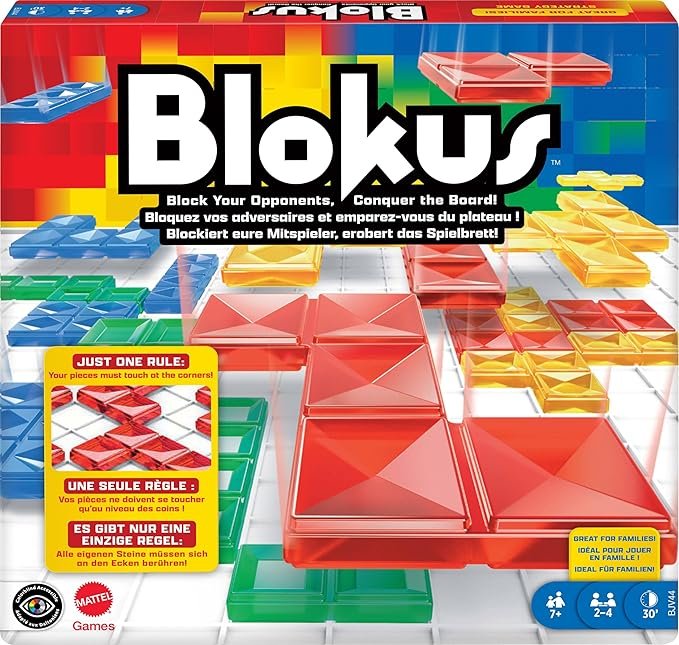The Historical and Cultural Inspirations Behind the Azul Series: A Deep Dive into Portuguese Tile-Making
The Azul board game series is more than just a fun way to pass the time with family. It’s a celebration of history, art, and culture, drawing inspiration from the beautiful ceramic tiles of Portugal known as azulejos. These tiles hold a special place in Portuguese heritage and have influenced the world in unique ways. Let’s take a closer look at how these historical treasures became the foundation for Azul’s design and gameplay.
What Are Azulejos?
Azulejos are painted ceramic tiles that originated from the Moorish influence on the Iberian Peninsula. The word “azulejo” comes from the Arabic term “az-zulayj,” which means “polished stone.” They were introduced to Portugal in the 15th century by King Manuel I after his visit to Seville, Spain. Struck by their beauty, he brought the style back to Portugal, where it quickly became a key element of Portuguese art and architecture.
The Evolution of Azulejos Over Time
In the early days, azulejos featured simple geometric patterns. However, as their popularity grew, so did their complexity. By the 16th century, artists started to create intricate designs depicting religious stories, historical events, and scenes from daily life.
The 18th century brought baroque and rococo influences, adding even more detail and elegance to these tiles. Over time, azulejos became a storytelling medium, adorning churches, monasteries, palaces, and even train stations. They evolved from purely decorative pieces to a unique form of cultural expression.
How Azulejos Are Made
Making azulejos is an art form that requires skill and patience. It starts with shaping clay into a square or rectangular tile, known as a “biscuit.” The tile is fired in a kiln to harden it. Then, artists glaze the surface with a white, opaque coating, creating a perfect canvas for painting.
Cobalt blue is a signature color for azulejos, but other pigments are also used to add depth and vibrancy. Once the designs are painted, the tiles are glazed again and fired a second time to lock in the colors and ensure their durability. This process results in stunning tiles that can withstand both time and weather.
The Role of Azulejos in Portuguese Culture
Azulejos are more than just decorative tiles; they’re part of Portugal’s identity. They tell stories, celebrate history, and brighten up public spaces. For example, the São Bento Railway Station in Porto features over 20,000 azulejos depicting Portugal’s history. Churches like Igreja do Carmo are also famous for their breathtaking tile murals.
These tiles can be found everywhere in Portugal, from private homes to public squares, adding color and charm to every corner of the country. Today, they’re so valued that they’re protected by law to preserve their cultural significance.
The Azul Board Game Series: A Tribute to Azulejos
The Azul board game series captures the artistry and beauty of azulejos in its design and gameplay. Players strategically place colorful tiles to create patterns inspired by traditional Portuguese tile-making. The game’s aesthetic reflects the intricate designs of azulejos, and its gameplay encourages creativity and planning, much like the careful crafting of the tiles themselves.
Why Azul is Perfect for Family Game Nights
Azul isn’t just visually stunning; it’s also a great board game for family bonding. Its simple rules make it accessible to all ages, while its strategic depth keeps every game fresh and exciting. If you’re looking for a strategy board game for families, Azul is an excellent choice. It’s a game that combines art, history, and fun—a perfect addition to your collection.
Conclusion
Azulejos have inspired generations of artists and designers, and their influence lives on in the Azul board game series. By playing Azul, you’re not just enjoying a game; you’re connecting with a rich cultural tradition that spans centuries. Whether you’re a fan of history, art, or simply great board games, Azul is a wonderful way to bring the beauty of Portuguese tile-making into your home.






